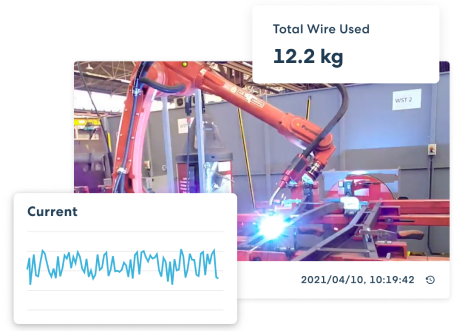Whether the hardware and materials folks care to admit it or not, software is going to become increasingly central to the additive manufacturing (AM) industry. The latest version of the flagship market study from SmarTech Analysis, “Opportunities in Additive Manufacturing Software Markets 2023,” would seem to confirm this. The leading 3D printing market research group projects that revenues from 3D printing software will climb from $1.2 billion this year to $6.2 billion in 2031.
3D Printing Software Breaks out of its Shell
SmarTech suggests that the software segment has been evolving at a pace similar to the printer sector over the past two years and is now going to be growing even more quickly than previously projected. Much of this is being driven by an interlinking of various portions of the AM software workflow into complete, end-to-end platforms.
This is visible in developments related to manufacturing execution systems (MES), where we’ve seen Materialise launch its CO-AM platform and 3D Systems turn Oqton’s MES into an entire software suite. Other companies that have launched end-to-end software platforms include Stratasys/GrabCAD and GE Additive.
3D Printing Software in the Supply Chain
SmarTech described the current state of the AM software market by saying, “There is an almost palpable sense of urgency to deliver on flexible, resilient, and digitally enabled manufacturing heading into 2023 and beyond. Software solutions for additive manufacturing are, therefore, more than ever, the key to ensuring the industry’s long-term success.”
That wording is interesting given the fact that the defining theme of the 3D printing industry has been as a “supply chain” solution. Whether this has been because of COVID or the war in Ukraine, AM is described as means of re-localizing manufacturing to avoid supply chain disruptions. The urgency may be a keen sense that, not only are these macro events impacting manufacturing, but resource scarcity is, as well.
As resource scarcity impacts all industries, software is going to be used to automate as much as possible so that those industries no longer have to rely on resource-consuming laborers. If we look at every point of the manufacturing workflow, software is key to streamlining it. Generative design, for instance, can be used to supplant the efforts of design engineers, while quality assurance (QA) software can handle the end point of the production stream. Of course, hardware is also essential to all of these steps, but they will be powered by increasingly powerful software along the way. We can even imagine quantum computing used to perform the chemical analyses needed to develop new materials without as much reliance on chemical engineers.
What’s in the 3D Printing Software Report
In addition to MES, the SmarTech report examines software related to process simulation, intelligent design optimization and other areas representative of the future of AM software functions. The analysis includes the presentation of evidence that AM software is expanding far from the niche from which it emerged. Software vendors profiled in the report include: 3D Systems, Autodesk, Stratasys, Materialise, Siemens, GE Additive, Authentise, Markforged, Hexagon, and more. This information is broken out into software tool type, end-user industry, and opportunities for software by additive technology for polymer and metals, which is used to provide comprehensive market sizing and ten-year market forecasts.
According to SmarTech, its AM software reports have been adopted across the entire 3D printing industry, as users look for an off-the-shelf source for detailed market data and forecasts, along with critical insights on leading market sectors and commentary on industry dynamics. To learn more, visit the report page here.
3DPrint.com and SmarTech Analysis are hosting Additive Manufacturing Strategies in New York City on February 7-9, 2023. Register for the event here to learn from and network with the most exciting companies and individuals in AM.
Subscribe to Our Email Newsletter
Stay up-to-date on all the latest news from the 3D printing industry and receive information and offers from third party vendors.
You May Also Like
Gorilla Sports GE’s First 3D Printed Titanium Cast
How do you help a gorilla with a broken arm? Sounds like the start of a bad joke a zookeeper might tell, but it’s an actual dilemma recently faced by...
Nylon 3D Printed Parts Made More Functional with Coatings & Colors
Parts 3D printed from polyamide (PA, Nylon) 12 using powder bed fusion (PBF) are a mainstay in the additive manufacturing (AM) industry. While post-finishing processes have improved the porosity of...
$25M to Back Sintavia’s Largest Expansion of Metal 3D Printing Capacity Since 2019
Sintavia, the digital manufacturing company specializing in mission-critical parts for strategic sectors, announced a $25 million investment to increase its production capacity, the largest expansion to its operations since 2019....
Velo3D Initiates Public Offering in a Bid to Strengthen Financial Foundations and Drive Future Growth
Velo3D (NYSE: VLD) has been among a number of publicly traded 3D printing firms that have attempted to weather the current macroeconomic climate. After posting a challenging financial report for 2023,...


































